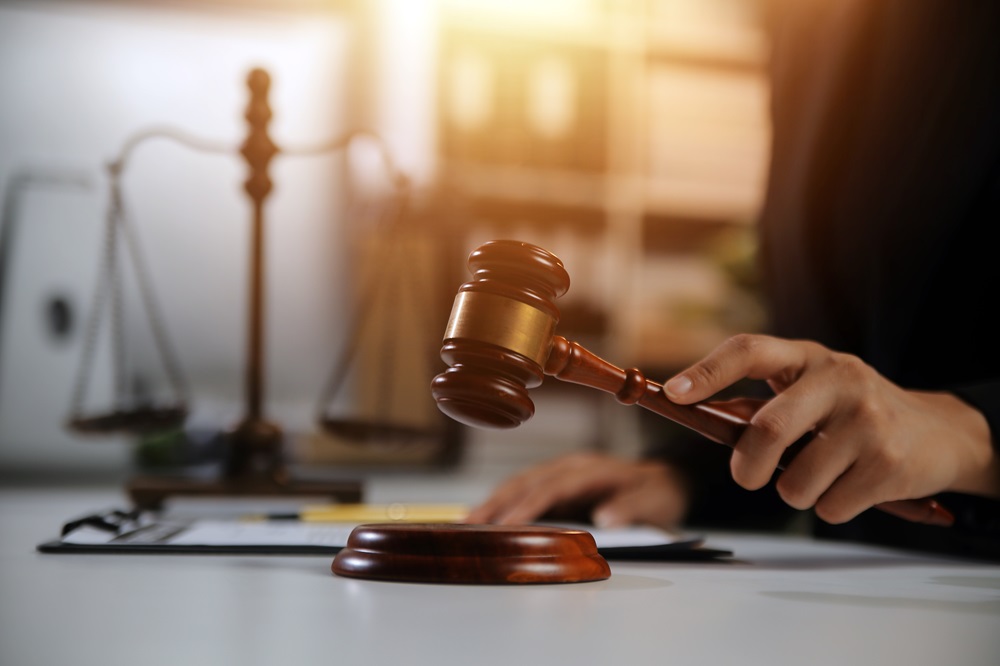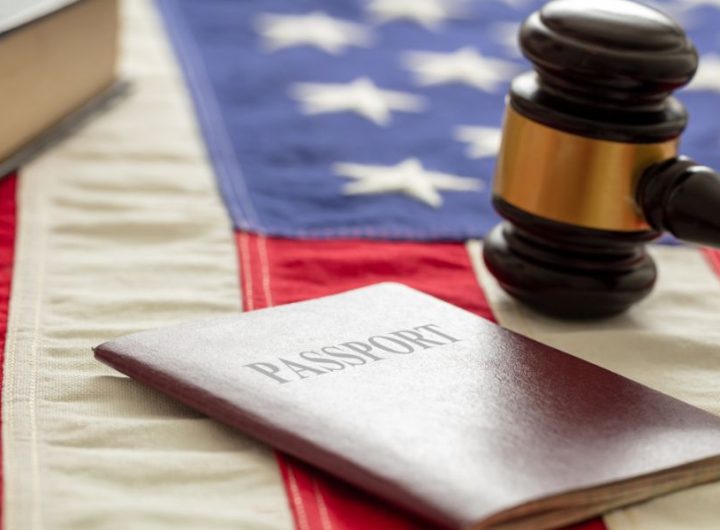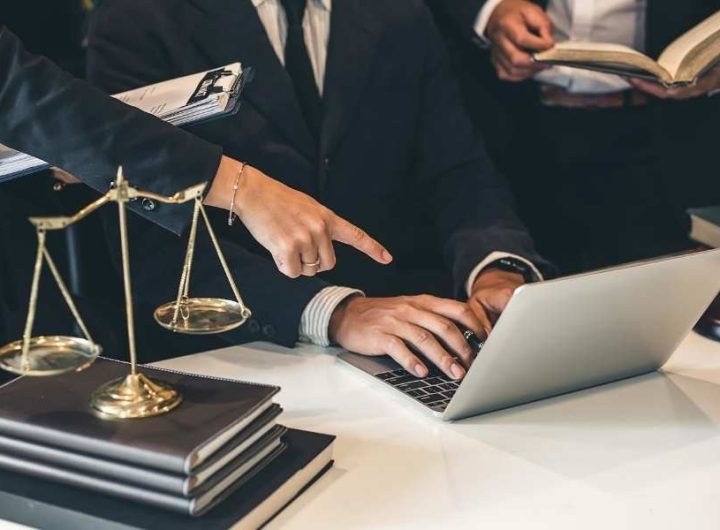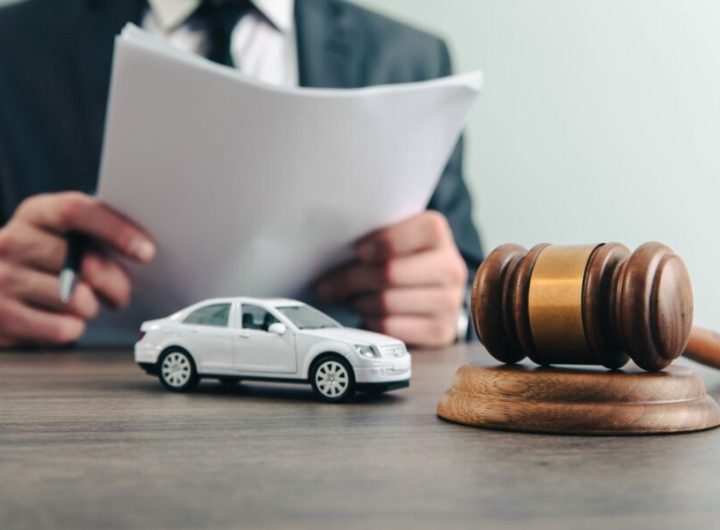
Accidents in Encino rarely unfold neatly. One moment it’s a routine left turn on Ventura Boulevard: the next, a rear‑end collision. A slick apartment stairwell or a rushed warehouse shift can upend a normal week, too. When injuries follow, victims face a maze of paperwork, insurer tactics, and strict legal deadlines. This guide clarifies how personal injury claims work in Encino, how to file them, negotiate effectively, and pursue the damages California law allows. Drawing on practical, local insight, it shows where experienced counsel makes the difference. HHT Law Firm and other Personal Injury Lawyers Encino rely on these steps every day to protect people’s rights and push for fair outcomes.
Car crashes, slips, and workplace injuries in Encino cases
Encino cases often trace back to familiar hotspots: 101 freeway interchanges, busy Ventura Boulevard crosswalks, grocery aisles, and job sites that prize speed over safety.
Car crashes dominate the local docket. Common fact patterns include sudden stop rear‑enders on the 101, left‑turn collisions across oncoming traffic near Balboa, and parking‑lot impacts with distracted drivers. California’s negligence framework applies, duty, breach, causation, and damages, with pure comparative negligence reducing recovery by a driver’s own share of fault.
Slip and fall claims typically involve supermarkets, restaurants, or apartment buildings where spills, uneven flooring, or broken lighting create hazards. Premises liability turns on notice: did the owner know or should they have known about the dangerous condition and failed to fix it or warn?
Workplace injuries are often workers’ compensation matters, but third‑party claims may coexist. For example, a delivery driver injured by a negligent motorist can seek workers’ comp benefits and also sue the at‑fault driver for pain and suffering. Navigating that overlap, plus medical liens and subrogation rights, requires careful coordination to maximize net recovery.
Filing procedures for personal injury claims locally
Local procedure starts the moment the injury happens.
- Get medical care and follow through with treatment. Gaps in care can undermine both healing and the claim.
- Report the incident: file a police report after a traffic crash, notify property management after a fall, and complete employer incident forms for on‑the‑job injuries.
- Preserve evidence (photos, video, witness contacts) and avoid broad, blanket medical authorizations from insurers.
Most claims begin as an insurance claim, against an at‑fault driver’s auto policy, a business’s liability carrier, or a homeowner’s insurer. If negotiations stall or deadlines loom, the case may be filed in Los Angeles County Superior Court (Encino cases commonly proceed through the Van Nuys courthouse). LA County uses mandatory eFiling in civil cases, and cases are categorized as limited (up to $25,000) or unlimited (over $25,000). A typical personal injury complaint includes a summons, complaint causes of action (e.g., negligence, premises liability), and a statement of damages.
Deadlines matter. California’s general statute of limitations for personal injury is two years from the injury date (with exceptions for discovery‑rule situations and minor plaintiffs). Claims involving a government entity, say, a dangerous condition of public property, require a government claim within six months of the incident before a lawsuit. Property‑damage‑only claims generally carry a three‑year limit. Because exceptions abound, attorneys at HHT Law Firm calendar these dates immediately and send spoliation letters to preserve critical evidence.
Local practice tip: evidence moves fast in LA. Traffic video, store surveillance, and rideshare data can auto‑delete within days or weeks. Early requests and targeted subpoenas make a real difference.
Negotiating with insurers for fair settlement amounts
Insurers value claims with math, medicine, and momentum. Strong files command stronger offers.
- Build the damages model. Document medical specials (bills), future care needs, wage loss, and how the injury changes daily life. For pain and suffering, lawyers often reference multipliers or a per‑diem framework, but the real leverage is detailed, credible proof.
- Control the record. Adjusters often seek recorded statements and overly broad medical authorizations. Victims aren’t required to give a recorded statement to the other driver’s insurer, and doing so can backfire. A tailored, attorney‑guided narrative with curated records works better.
- Anticipate comparative fault arguments. California’s pure comparative negligence means an insurer may argue partial blame to reduce a payout. Counter with photographs, performance‑standards (e.g., store cleaning logs), and expert input where needed.
- Time demands strategically. A thorough demand letter, medical summaries, itemized losses, radiology highlights, and before‑and‑after evidence, sets the anchor. If a fair number doesn’t materialize, filing suit, taking depositions, and setting trial dates typically moves offers up.
- Mind liens and net recovery. Health insurance, Medi‑Cal, Medicare, and workers’ comp liens can eat into settlements. Experienced Personal Injury Lawyers Encino know how to negotiate these down, increasing a client’s net.
Some carriers rely on claims software: others are adjuster‑driven. Either way, consistent follow‑up, expert‑backed reports, and readiness for mediation (or trial) are what turn a “maybe later” into a fair settlement now.
Legal remedies for victims of negligent conduct
California law allows recovery for:
- Economic damages: medical bills, future medical care, lost wages, diminished earning capacity, household services, and out‑of‑pocket costs.
- Non‑economic damages: pain, suffering, inconvenience, emotional distress, loss of enjoyment of life, and disfigurement.
- Punitive damages: available in limited cases involving malice, oppression, or fraud (e.g., some DUI injury cases), not typical negligence.
Wrongful death and survival actions are distinct. Heirs may recover for support and companionship losses in wrongful death, while the estate can pursue the decedent’s own claims (limited to economic losses) via a survival action.
Medical malpractice claims are unique. Under California’s updated MICRA (AB 35), the noneconomic damages cap has been rising annually since 2023. In 2025, the cap is higher than before, particularly important for catastrophic injuries, though it still applies only to med‑mal, not standard auto or premises cases.
First‑party insurance can help, too. Uninsured/underinsured motorist (UM/UIM) coverage often fills gaps when the at‑fault driver lacks adequate limits. Med‑pay may cover co‑pays and deductibles regardless of fault. HHT Law Firm evaluates these layers early to prevent missed dollars.
Attorney advocacy in protecting victim rights in 2025
The 2025 claims landscape is faster, more digital, and, frankly, more adversarial. Carriers lean on analytics and telematics, surveillance is common, and social media can undermine a case in a single post. Skilled advocacy counters that.
- Early case control: counsel sends preservation letters for dash‑cam and store video, secures black‑box (EDR) data, and captures vehicle damage before repairs erase proof.
- Data fluency: modern files integrate EMR exports, wearable device data (when helpful), and cell‑site or app location records to verify activity and pain‑related changes.
- Litigation leverage: when offers lag, depositions, accident‑reconstruction exhibits, and day‑in‑the‑life videos crystallize value for mediators and juries.
- Policy changes matter: California’s minimum auto liability limits increased in 2025, expanding available insurance in many crashes. Meanwhile, MICRA’s phased increases continue to reshape med‑mal valuations.
Advocates like HHT Law Firm frame claims around real human loss, not just line items. They protect privacy, manage media, and keep pressure on deadlines so insurers can’t drag their feet. The result isn’t magic, just disciplined execution that moves numbers up.
Evidence collection supporting stronger Encino claims
Evidence disappears first, then disputes grow. A tight evidence plan makes Encino claims sturdier.
- Scene proof: wide and close‑up photos, vehicle positions, skid marks, shoe tread with the spill, weather conditions, and lighting. Map it while it’s fresh.
- Video sources: dash‑cams, storefront cameras along Ventura Boulevard, and intersection systems. Many overwrite in days: request fast. Public records requests can secure 911 call audio and certain agency records.
- Medical documentation: ER records, diagnostics, specialist notes, and treatment plans. Pain journals and caregiver notes make invisible losses visible.
- Wage and career impact: employer letters, pay stubs, tax returns, and HR documentation of missed promotions or accommodations. For long‑term impacts, vocational experts and life‑care planners connect dots between injury and future costs.
- Expert support: accident reconstructionists, biomechanical experts, and treating physicians who can explain radiology in plain English.
Chain of custody matters for digital evidence. So do properly tailored subpoenas. Personal Injury Lawyers Encino who systematize this work tend to win the credibility contest early, and keep it.


 Uncovering the Realms of Property Division During a Divorce Case
Uncovering the Realms of Property Division During a Divorce Case  Estate Planning After Divorce: Protecting Your Financial Future in Boston
Estate Planning After Divorce: Protecting Your Financial Future in Boston  The Role of Evidence in Winning a Car Accident Claim in Atlanta
The Role of Evidence in Winning a Car Accident Claim in Atlanta  Exploring the EB-5 Investor Visa Program and Immigration Pathways in 2025
Exploring the EB-5 Investor Visa Program and Immigration Pathways in 2025  Workers’ Compensation Rights and Employee Protections in Washington State
Workers’ Compensation Rights and Employee Protections in Washington State  Smart Strategies a Harlem Personal Injury Lawyer Uses to Maximize Car Accident Settlements
Smart Strategies a Harlem Personal Injury Lawyer Uses to Maximize Car Accident Settlements